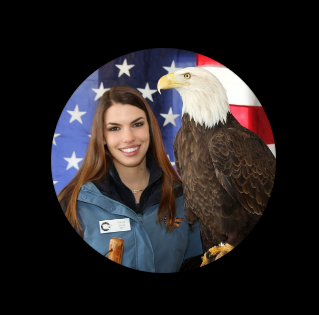Seagulls are a family of birds belonging to the Laridae taxonomic group. Generally, seagulls have white feathers, a grayish back, black wingtips, and a yellow beak and feet. They have long, slender wings and a webbed feet that allow them to take off and land quickly. Seagulls are most commonly found in coastal areas, but they can also be seen in inland areas near large bodies of water or wetlands.
Appearance
The most recognizable feature of seagulls is the white feathers. They have a long, slender wingspan and yellow legs and feet. The wingspan can range from two to three feet and their bodies can grow up to 30 inches. The wings are angular and pointed, giving the birds a distinctive silhouette. Seagulls also feature a long, curved beak, which is used to capture food.
Behavior
Seagulls are highly social birds and can often be seen in large flocks. They are very active and agile, able to take off and land quickly. Seagulls are also very vocal and are known for their loud, raucous cries. During breeding season, seagulls can be seen performing elaborate courtship rituals. Seagulls are omnivorous, feasting on a variety of small fish, crustaceans, and insects.
Interesting Facts About Seagulls: Migration
Seagulls are migratory birds, and depending on the species, they migrate for different reasons. For example, some species migrate to find food, while others migrate to find suitable breeding grounds. In general, seagulls are known to migrate seasonally, usually in the spring and fall, but some species may also make long-distance migrations, such as those found in the Arctic. Seagulls have also been known to make local migrations, such as moving from coastal areas to inland lakes and ponds during certain times of the year.
Interesting Facts About Seagulls: Diet
Seagulls are omnivorous birds, meaning they can eat both plants and animals. The diet of a seagull depends on the species, but they are generally known to eat a variety of small fish, crustaceans, mollusks, insects, eggs, carrion, and even plants such as seaweed. As opportunistic feeders, seagulls will also take advantage of human-provided food sources, such as garbage and discarded food.
Interesting Facts About Seagulls: Breeding
Seagulls typically breed during the spring or summer, depending on the species. When it comes to courtship, seagulls are known to be quite elaborate, with males showing off their feathers in order to attract a mate. Seagulls typically form monogamous pairs and both parents share the responsibility of incubating the eggs and feeding the chicks. Seagulls usually have one or two broods per year, with the chicks fledging within a few months.
How to Interact With Seagulls: Safety Tips
Interacting with seagulls should always be done with caution. Seagulls may look harmless, but they are wild animals and can become aggressive if provoked. If a seagull is approaching, it is best to stay away and not to make any sudden movements. It is also important to keep food away from seagulls, as they may become aggressive if they think you are trying to take away their food.How to
Interact With Seagulls: Precautions
When interacting with seagulls, it is important to take certain precautions. Always keep a safe distance from their nests and their young. Seagulls are very protective of their young and may become aggressive if you get too close. Additionally, it is important to keep an eye on the direction of the wind. Seagulls can fly very quickly and may surprise you by suddenly flying towards you.
How to Interact With Seagulls: Respectful Interaction
When interacting with seagulls, it is important to be respectful and to not disturb their natural behavior. By taking the proper safety precautions and keeping a respectful distance, you can observe the seagulls in their natural environment without causing them any distress. Additionally, it is important to be aware of the laws and regulations regarding seagulls in your area, so that you can be sure to follow them when interacting with the birds.

Stina is the expert behind BirdFacts.net, dedicated to sharing her passion and knowledge about birds. With a degree in Environmental Science and over 6 years of birdwatching experience, she brings both expertise and enthusiasm to her writing. Stina’s work aims to inspire appreciation for birds and promote responsible birdwatching. Follow her bird-filled journey on Instagram.




